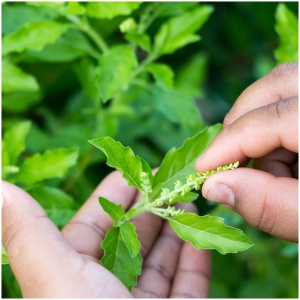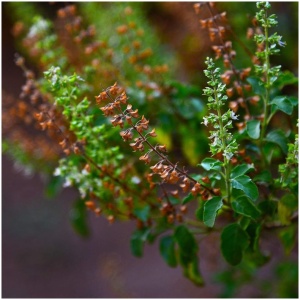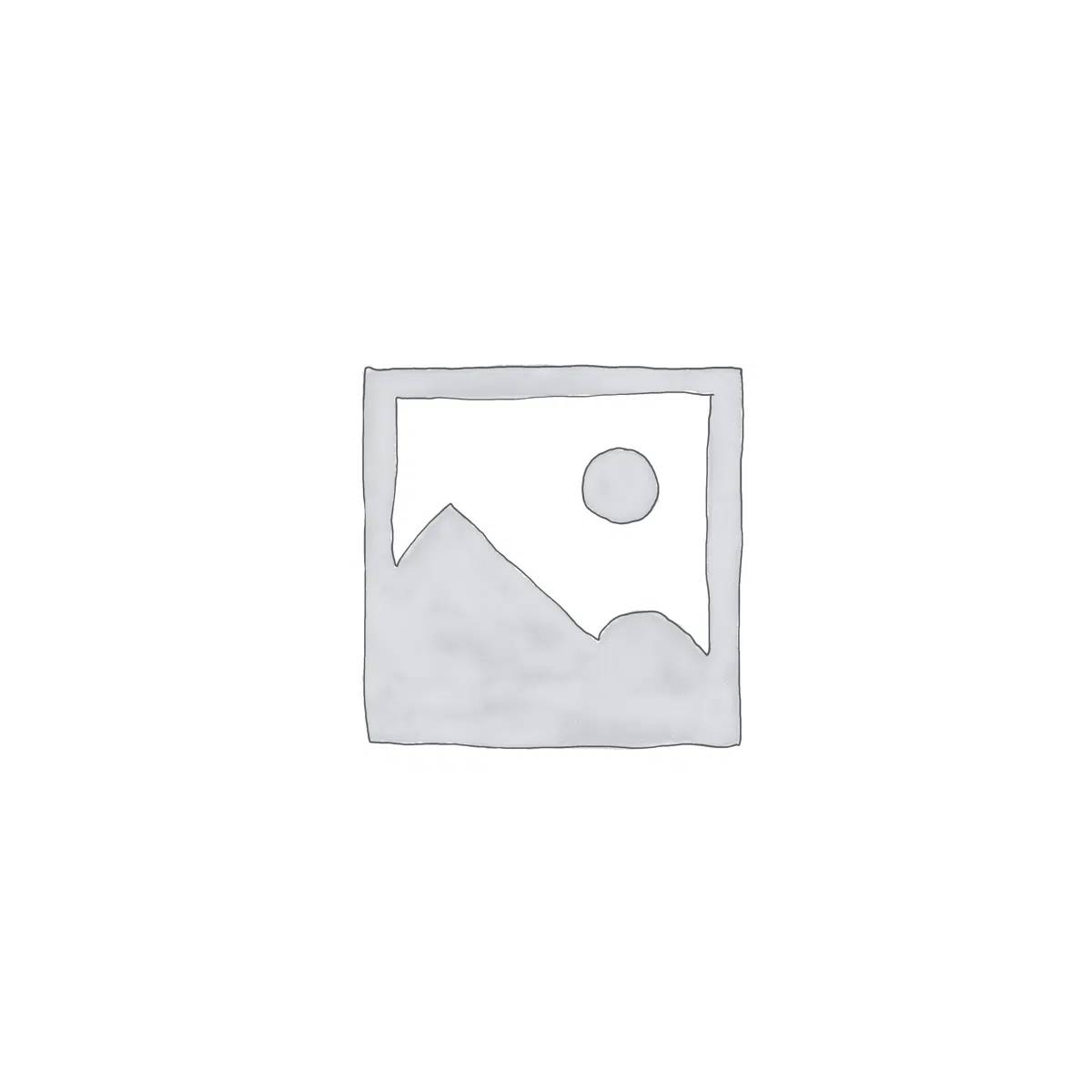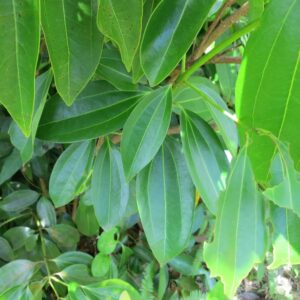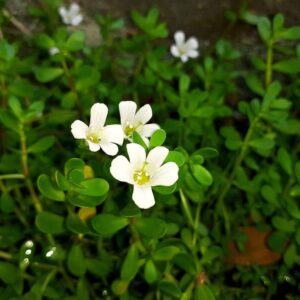Medicinal Plants
The Ultimate Guide to Medicinal Plants: Your Path to Natural Healing
Medicinal plants have been an integral part of human health for thousands of years. From ancient times to modern-day remedies, these natural resources continue to play a crucial role in healthcare. India, with its rich biodiversity, is home to over 45,000 plant species, and more than 7,000 of these are used for medicinal purposes. This makes India a global hub for herbal medicine and natural healing practices.
Growing medicinal plants at home is not just a trend but a sustainable way to maintain health and well-being. These plants not only provide a natural remedy for various ailments but also add flavor to your dishes, purify the air, and enhance the aesthetics of your home. In this comprehensive guide, we will explore the world of medicinal plants, their benefits, how to grow them, and the best medicinal plants you can easily cultivate at home.
Why Medicinal Plants Are Important
Medicinal plants are vital for several reasons:
- Natural Healing: Medicinal plants offer natural remedies that treat various ailments like colds, inflammation, anxiety, and more. They are a safer alternative to synthetic drugs and often come with fewer side effects.
- Cost-Effective: Growing medicinal plants at home can save you money on regular medications. Instead of running to the pharmacy for minor ailments, you can turn to your garden for a natural cure.
- Cultural Significance: In India, plants like Tulsi, Neem, and Aloe Vera are not just medicinal but also hold cultural and religious significance. They are an integral part of traditional medicine systems like Ayurveda.
- Environmental Benefits: Medicinal plants contribute to a greener environment. They help in purifying the air, reducing carbon footprint, and supporting biodiversity.
- Holistic Wellness: These plants promote holistic healing by addressing the root cause of ailments rather than just alleviating symptoms. They support physical, mental, and emotional well-being.
Top Medicinal Plants to Grow at Home
Here’s a list of some of the best medicinal plants that you can easily grow at home:
- Tulsi (Holy Basil)
- Benefits: Tulsi is known for its immune-boosting properties. It is used to treat respiratory problems, colds, and flu. Tulsi tea is also popular for reducing stress and improving digestion.
- Growing Tips: Tulsi grows well in warm climates with plenty of sunlight. It can be grown indoors or outdoors in well-drained soil.
- Aloe Vera
- Benefits: Aloe Vera is famous for its skin-healing properties. It soothes burns, cuts, and insect bites. It’s also beneficial for digestive health when consumed in juice form.
- Growing Tips: Aloe Vera thrives in sandy, well-drained soil. It needs plenty of sunlight and minimal watering.
- Neem
- Benefits: Neem is a powerful antibacterial and antifungal agent. It’s used in treating skin conditions, dental care, and as a natural pesticide.
- Growing Tips: Neem trees grow best in tropical and subtropical climates. They require full sunlight and well-drained soil.
- Turmeric
- Benefits: Turmeric is widely known for its anti-inflammatory and antioxidant properties. It’s used in treating arthritis, digestive disorders, and as a natural painkiller.
- Growing Tips: Turmeric needs a warm, humid climate to grow. It thrives in loamy soil and requires regular watering.
- Ginger
- Benefits: Ginger is a natural remedy for nausea, digestive issues, and inflammation. It’s also effective in boosting immunity and fighting colds.
- Growing Tips: Ginger grows well in partial shade with well-drained soil. It needs consistent moisture and can be grown indoors in pots.
- Mint
- Benefits: Mint is excellent for digestion and respiratory health. It’s also used in teas and cooking for its refreshing flavor.
- Growing Tips: Mint is easy to grow in pots or garden beds. It prefers partial shade and moist, well-drained soil.
- Brahmi
- Benefits: Brahmi is a brain tonic that enhances memory and cognitive function. It’s also used in treating anxiety and stress.
- Growing Tips: Brahmi requires a warm climate and grows well in waterlogged conditions. It can be grown in containers or garden beds.
- Ashwagandha
- Benefits: Ashwagandha is known for its adaptogenic properties, helping the body cope with stress. It also boosts energy levels and supports immune health.
- Growing Tips: Ashwagandha grows well in dry, sandy soil with plenty of sunlight. It requires minimal water and care.
- Lemongrass
- Benefits: Lemongrass is commonly used to relieve anxiety, insomnia, and digestive issues. It also has antibacterial and antifungal properties.
- Growing Tips: Lemongrass thrives in warm, sunny locations. It prefers well-drained soil and regular watering.
- Pepper
- Benefits: Black pepper is a digestive aid and has anti-inflammatory properties. It’s also used in treating respiratory disorders.
- Growing Tips: Pepper plants need a hot and humid climate. They grow well in loamy soil and require partial shade.
How to Grow Medicinal Plants: A Step-by-Step Guide
Growing medicinal plants at home is simple and rewarding. Follow these steps to ensure healthy growth and a bountiful harvest:
- Choose the Right Location
- Medicinal plants require specific conditions to thrive. Most need full sunlight, but some, like ginger and mint, prefer partial shade. Ensure you choose the right spot based on the plant’s requirements.
- Prepare the Soil
- Good soil is key to healthy plants. Most medicinal plants prefer well-drained, loamy soil. You can enrich the soil with compost or organic matter to improve its fertility.
- Planting
- Plant the seeds or saplings according to their specific needs. Some plants, like Aloe Vera and Neem, can be grown from cuttings, while others, like Tulsi and Brahmi, are best grown from seeds.
- Watering
- Medicinal plants generally require regular watering, but it’s important not to overwater. Ensure the soil is moist but not waterlogged. Aloe Vera and other succulents need minimal water.
- Fertilizing
- Use organic fertilizers like compost or manure to nourish the plants. Avoid chemical fertilizers, as they can affect the medicinal properties of the plants.
- Pest Control
- Use natural pest control methods like neem oil or garlic spray to protect your plants. Avoid chemical pesticides as they can be harmful to the plants and the environment.
- Harvesting
- Harvest the plants when they have reached maturity. Leaves, roots, and flowers should be picked early in the morning when they are fresh. For plants like turmeric and ginger, the roots are usually harvested after 8-10 months.
- Storage
- Store the harvested plants in a cool, dry place. Dried herbs can be stored in airtight containers to preserve their potency.
How Medicinal Plants Are Made Into Medicine
The process of turning plants into medicine involves several steps:
- Harvesting: The first step is to carefully harvest the plant parts that contain medicinal properties, such as leaves, roots, or bark.
- Drying: The harvested plant material is then dried to preserve its potency. Drying can be done naturally in the sun or using specialized drying equipment.
- Extraction: The active compounds in the plants are extracted using methods like distillation, infusion, or solvent extraction. This process isolates the medicinal components from the rest of the plant material.
- Formulation: The extracted compounds are then formulated into various forms like tablets, capsules, tinctures, or ointments.
- Testing: The final products are tested for safety, efficacy, and quality before they are made available for use.
Medicinal Plants in Modern Medicine
Medicinal plants have always been at the forefront of traditional medicine, but they are also integral to modern pharmaceutical practices. Many contemporary medicines are derived from plant compounds, and research continues to explore new plant-based treatments for various diseases.
For example, the bark of the Willow tree led to the development of aspirin, and the Madagascar Periwinkle plant is the source of vincristine, a chemotherapy drug. As science advances, the potential of medicinal plants in treating chronic diseases like cancer, diabetes, and heart conditions becomes increasingly significant.
Precautions When Using Medicinal Plants
While medicinal plants offer numerous health benefits, it is important to use them responsibly:
- Consult a Healthcare Professional: Always consult with a healthcare provider before starting any new herbal remedy, especially if you are pregnant, nursing, or taking other medications.
- Be Aware of Allergies: Some people may be allergic to certain plants. It’s important to test a small amount first to ensure there is no adverse reaction.
- Proper Dosage: Just like conventional medicine, medicinal plants should be used in the correct dosage. Overuse can lead to side effects or toxicity.
- Interactions with Medications: Some medicinal plants can interact with prescription medications, reducing their effectiveness or causing side effects. Always inform your doctor about any herbal supplements you are taking.
Eco-Friendly and Sustainable Practices
Growing medicinal plants is not only beneficial for your health but also for the environment. By cultivating these plants, you contribute to biodiversity and reduce the need for synthetic drugs, which often come with environmental costs.
Moreover, medicinal plants are a renewable resource. With proper care and sustainable practices, you can continue to harvest and use these plants for years to come, ensuring that their benefits are available to future generations.
Conclusion: Embrace the Healing Power of Medicinal Plants
Medicinal plants offer a natural and holistic approach to health and well-being. By growing them at home, you gain access to a wide range of natural remedies that can help you manage common ailments, boost your immunity, and enhance your overall quality of life.
Whether you’re looking to improve your health, save money, or contribute to a greener planet, medicinal plants are a valuable addition to your life. Start with a few easy-to-grow plants like Tulsi, Aloe Vera, and Mint, and gradually expand your garden to include a diverse range of medicinal herbs. With the right care and knowledge, you can create a personal sanctuary of health and wellness right in your backyard.
Explore the extensive range of medicinal plants available at Binny Botanics, and take the first step towards a healthier, more sustainable lifestyle. Your journey to natural healing begins with a single plant—let it grow, and so will your well-being.
People Also Search –
Plants, Air Plants, Aquatic Plants, Avenue Trees, Bamboo Plants, Carnivorous Plants, Climber Plants, Conifer Plants, Creeper Plants, Cycad Plants, Ferns, Ficus Plants, Fig Plants, Grafted Fruit Plants, Ground Cover Plants, Herb Plants, Indian States Flowers and Trees, Kokedama Plants, Online Rose Nursery, Palm Plants, Perennial Plants, Shrubs, Spice Plants, Succulent Plants, Desk Plants, Outdoor Plants, Indoor Plant, Indoor Plants Under 100 Rs, Air Purifying Plants, Desi Plant, Cacti and Succulents, Balcony Garden, Hanging Plants, Easy to Care, Medicinal Plants, Fruit Plants, Flowering Plants, XL Plants, Bonsai Plants, Bestsellers, Gifts, Plant Care, Gardening Tools, Potting Mix & Fertilizers, Watering Tools & Accessories, Pots & Planters, Grow Bags, Premium Plants, Seeds, Flower Seeds, Fruit Seeds, Herb Seeds, Tree & Grass Seeds, Vegetable Seeds
